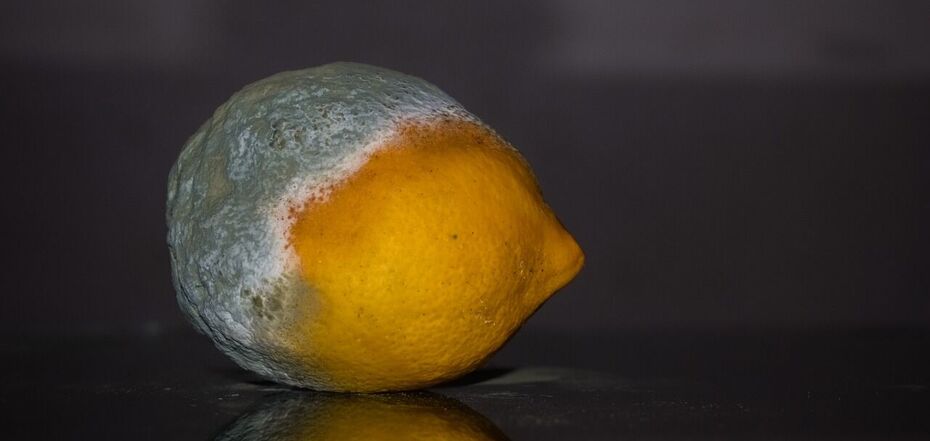Life
What different colors of mold at home mean: which fungus is toxic
Mold is always an unwelcome occurrence that can manifest in our homes, on our food, or our belongings. However, most bacteria and fungi are challenging to detect right away due to their small size.
The initial indicators of mold growth include an unpleasant odor, staining, and surface discoloration. OBOZREVATEL has investigated the colors and types of fungi, as some of them are toxic and can lead to various health issues.
Black
Stachybotrys is a toxic black mold that develops on building materials that have been exposed to prolonged moisture.
In addition, black mold is often found in bathrooms or showers due to excessive moisture. It is called Aureobasidium. This mold is slimy and sticky and can be removed with specialized products. The color may persist, but it is not harmful to health.
Blue
This mold can be found in food or soil. It is utilized in making blue cheese and the antibiotic penicillin. This is because it contains the penicillium organism, which imparts the blue color and is responsible for the dense growth of the mold. This fungus can often be found on tangerines and oranges.
Yellow and Orange
This type of mold requires a significant amount of light, particularly ultraviolet light, to thrive. It is known as Stemphilus. The mold develops on natural fibers like hemp materials, causing them to turn yellow, brown, or orange.
Green
Green mold is the most common and is often seen on bread and other foods. However, it is not advisable to simply cut off the moldy portion and continue consuming the product. These fungi are referred to as mycelia, and their roots spread throughout the food, not just in a specific area. They extract all the nutrients from the food.
Under a microscope, they resemble the fluffy top of a dandelion.
Trichoderma and Aspergillus fungi also exhibit this color. They are resistant to high temperatures and thrive in acidic conditions. Typically, these fungi develop on damp cardboard or soiled carpet.
Pink, Purple, and Red
Neurospora is a harmless fungus used for studying genetics, evolution, and organism growth.
Fusarium is a type of fungus that is seldom found indoors but can turn spoiled rice purple. It produces large, sticky spores that are dispersed through rainfall and attach to plants.
The discoloration that appears around bathroom faucets is Serratia. This mold feeds on soap scum and thrives in liquid soap.
White
Isaria farinosa is a white fungus that grows on certain types of butterflies, forming shiny white tree-like growths on their bodies.
Earlier, OBOZREVATEL told you how to remove mold stains on home textiles and clothes. Subscribe to OBOZREVATEL's Telegram and Viber channels to keep up with the latest developments.



























